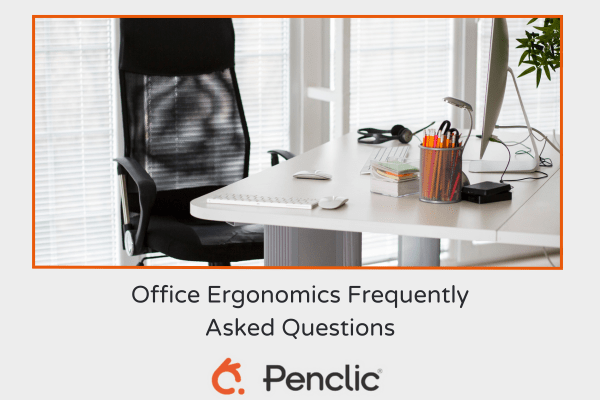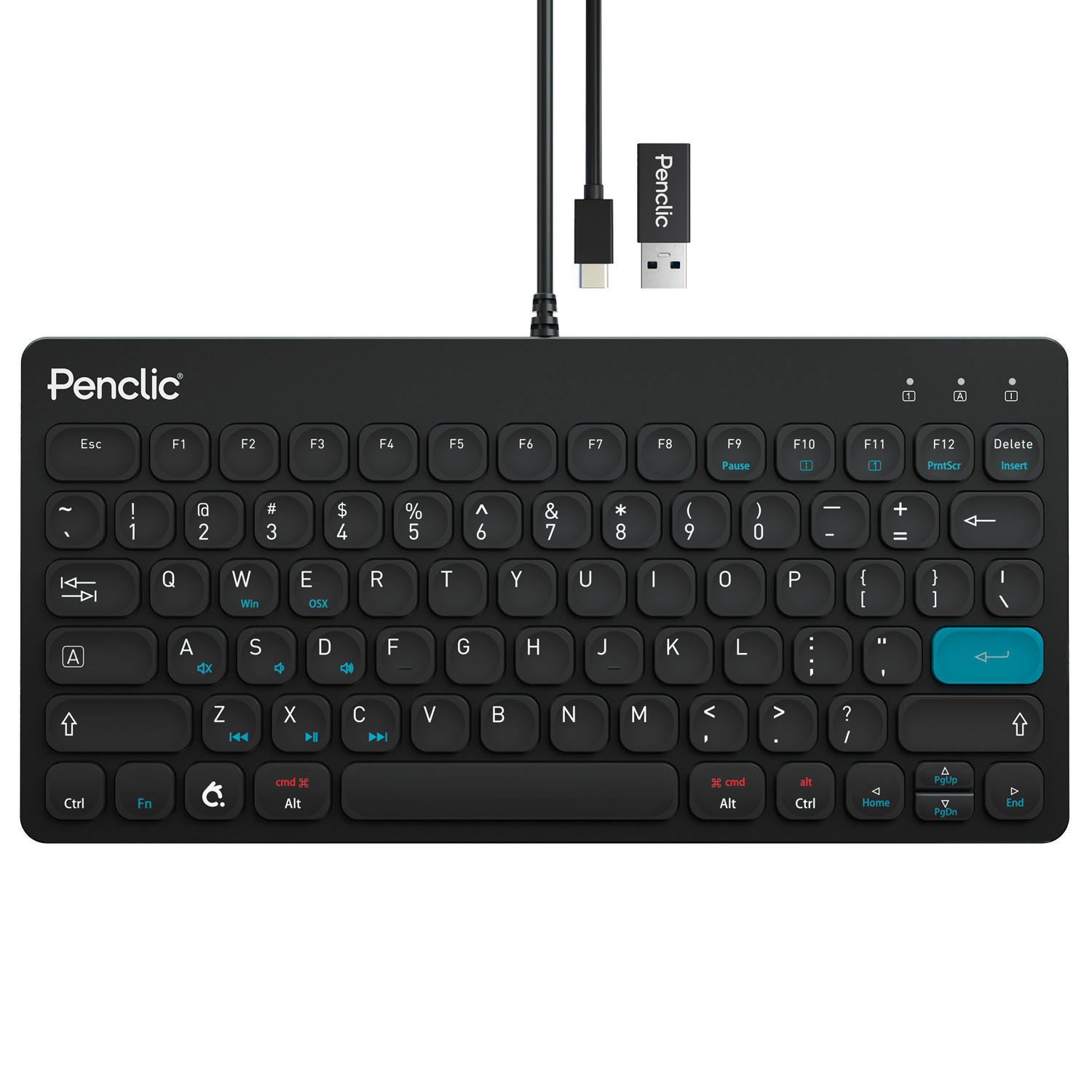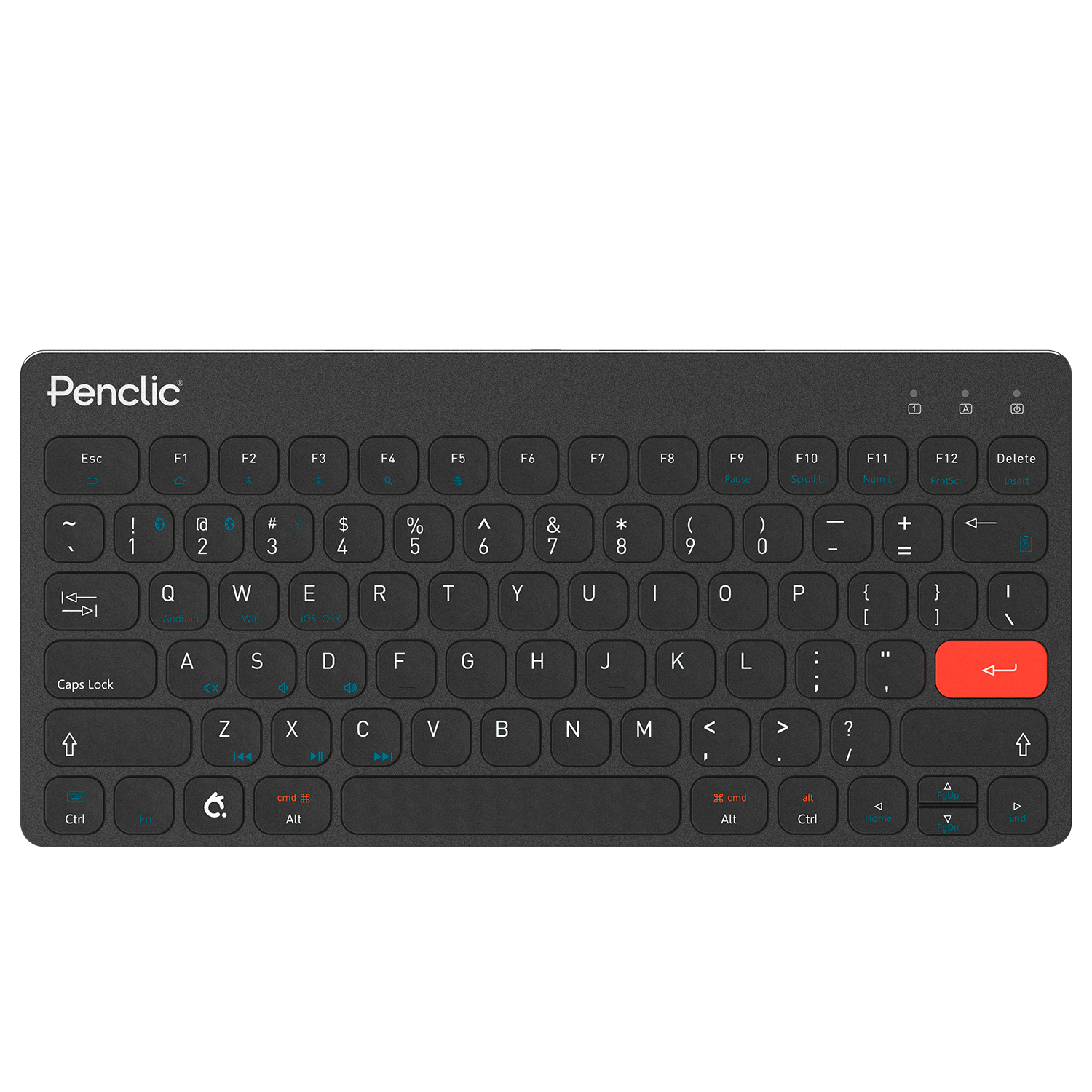Ergonomics FAQ

Frequently Asked Questions About Office Ergonomics
1. The Basics
What is Ergonomics?
The dictionary defines ergonomics as the study of people’s efficiency within their working environment.
What Do People Usually Mean When They Discuss Ergonomics?
While the standard definition is much broader, when most people use the term ergonomics, they are talking about physical ergonomics. Physical ergonomics focuses on ways to match the job to the individual to reduce stress on the body and prevent injuries. Most products labeled ergonomic specifically target prevention of repetitive stress injuries, although others focus on areas such as posture.
What Are Repetitive Stress Injuries?
Repetitive Stress Injuries (or RSI) are injuries that are caused from repeated movements that cause strain on parts of the body. This can be anything from raising and lowering a piece of machinery to typing on a keyboard, and the likelihood of suffering RSI is greatly increased if the movements are done in a way that adds to the stress being placed upon the body rather than minimizing it. This is what Ergonomics aims to optimize.
Are We Just Talking About Carpal Tunnel Syndrome?
No. While carpal tunnel syndrome is perhaps the most well known of the RSI that have skyrocketed since computers became commonplace in offices, it is far from the only one. Carpal Tunnel Syndrome involves the repeated compression within the wrist of a nerve that runs from your forearm to your palm. Other injuries fall under the label of RSI as well, however, including those typically associated with physical activity like tendinitis.
2. Desk Ergonomics
How Can I Make My Office More Ergonomic?
A large part of making your desk setup more ergonomic involves limiting unnecessary shoulder, elbow and wrist movements. That means having items like your keyboard and mouse located where you don’t have to reach far for them.
It also means having your desk and monitor at the proper height to promote good posture. The top of the monitor should be about at eye level, roughly two feet away from you. Your elbows should be between 90 and 110 degrees when using the keyboard.
How Can Mini Keyboards Help Ergonomics?
Standard keyboards are, well, wide. That can make it difficult to have your mouse in an optimal position on your desk.
Having a mini keyboard lets you access your mouse at an angle that limits reaching and the need to twist your wrist or elbow. That is difficult to do with a full-size keyboard unless you have a mouse ledge.
3. Ergonomic Mice
What Does Ergonomic Mean in Mice?
One of the issues with standard computer mice is that they lead to the pronation of the wrist when in use. Pronation is the twisting of the forearm while your palm is facing down.
Ergonomic mice alter the grip in one of several ways. Some are just slightly tilted with a place for the thumb on the side to keep from full pronation. Other models go further in utilizing the full “handshake” position, which places less stress on you wrist and forearm. Mice in this category include vertical mice and pen mice. Other models go further away from a traditional mouse and more toward a trackball design.
What is the Difference Between an Ergonomic Mouse and a Regular Mouse?
The one constant difference between ergonomic mice and regular mice is grip. All other differences that come with the different varieties of ergonomic mice start with the idea of altering the standard, pronated grip. How they alter the grip will determine how significant the differences are.
What to Look for When Buying an Ergonomic Mouse?
The first questions are, how big of a change are you willing to make and what kind of a grip are you comfortable. The mice closest to the standard mouse generally offer less relief but also are the closest to what you are probably used to. The claw-type grip used with many vertical pens are ergonomic, but it isn’t one that many people are used to working with. On the other side, people are familiar with the grip of mouse pens from, well, writing with a pen. The downside there is that most mouse pens either lay down when not in use (like a regular pen) or live in a stand away from the mouse pad. The whole experience can feel more like a stylus than a mouse.
This is what separates Penclic’s mouse pen. By attaching the small, mouse-like base to the bottom, the Penclic mouse can stand on its own like a vertical mouse, but the pen portion allows you to still use the traditional pen grip.
Interested in a Mini Keyboard or Mouse Pen? Check Out Our Selection
Penclic offers not just its unique mouse pen but also a variety of mini keyboards to make your office more ergonomic. Check out our selection today.



